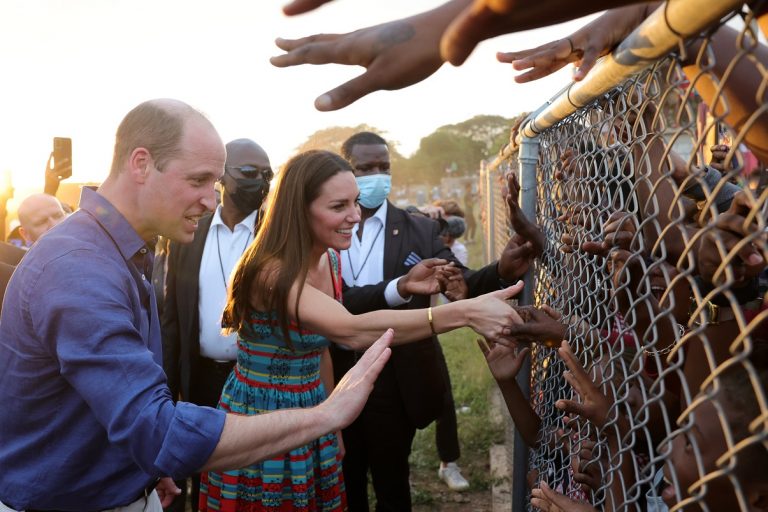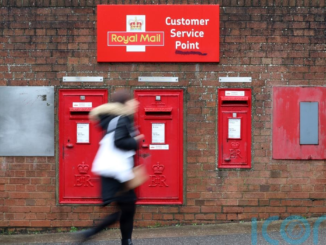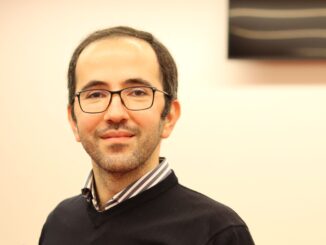During a trip to the Caribbean, a photo of the British royal couple has crystallized many critics.

Topics covered
On Tuesday 22 March, Kate Middleton and Prince William were photographed in the Trenchtown area of Kingston, Jamaica, visiting the local population. One shot in particular has sparked controversy.
Kate and Prince William cause controversy in Jamaica
The British royal couple are currently on a week-long visit to Central America and the Caribbean, visiting Belize, Jamaica and the Bahamas.
Three territories that are part of the Commonwealth, the organisation of countries that once belonged to the United Kingdom and that are still officially under the authority of Queen Elizabeth II.
On Tuesday 22 March, the two members of the royal family met the footballer Raheem Sterling – an English star of Jamaican origin – on a football pitch in the Kingston area, where reggae was born.
This is where the photo was taken, triggering an outcry.
Indeed, while Kate and William’s visit was organised around the idea of recognising the British Empire’s slave-owning past and the leaders they met took the opportunity to reiterate their desire for a republic and real emancipation from the British crown, the symbol sent back by the photo was shocking.
Cruel symbolism
To the couple’s credit, some observers pointed out that Raheem Sterling also had to greet the crowd through the fence. And that these people were simply there to watch the football match in which Prince William took part. “Move along, nothing to see here,” even wrote the ITV correspondent in charge of monitoring the royal family.
Except that these arguments do not seem to convince. Sharmaine Lovegrove, who works for a progressive publishing house, clarifies on Twitter what bothers the detractors of the cliché: “By pointing out that Raheem Sterling was in the same place as Kate and William, we are missing the point. He’s been on both sides of that fence, and it’s his talent and hard work that has got him to where he is today.”
She continues:
“Kate, on the other hand, was born into comfort and then married the most privileged person in the country. It’s the same pictures, but not the same story.”
Calls for reparations grow louder
For that is what is so embarrassing about the symbolism of the photograph: the impression of a glaring inequality between the two sides of the fence, between privileged whites and the descendants of their slaves on the other. This is what several civil rights organisations wished to point out on the occasion of the royal couple’s visit.
In the Bahamas in particular, one organisation demanded that during Kate and William’s visit there on Thursday, the couple and the British government acknowledge that “their economy was built on the backs of our ancestors, and that they must therefore pay today”. This is the same demand made by several hundred people who were protesting near the Jamaican stadium where the famous photo was taken.
Jamaica has made an extraordinary contribution towards music & sport globally, of which we saw on display today. pic.twitter.com/pkaea4kVck
— The Duke and Duchess of Cambridge (@KensingtonRoyal) March 23, 2022
In Jamaica, Prime Minister Andrew Holness took advantage of his meeting with the royal couple to hammer home the point that his country’s independence and the end of parliamentary monarchy, i.e. submission to the United Kingdom, must end. “It is inevitable,” he said. “Until then, we will remain a gracious and hospitable country,” he added, before pointing out that the reparations issue would be a way to continue cooperation between the two territories while contributing to the development of his country.
For their part, Kate and William contented themselves with a summary statement posted on their Twitter account after the visit to Kingston: “Jamaica has made an extraordinary contribution to sport and music worldwide. We saw that again today. Thank you Trenchtown.”








